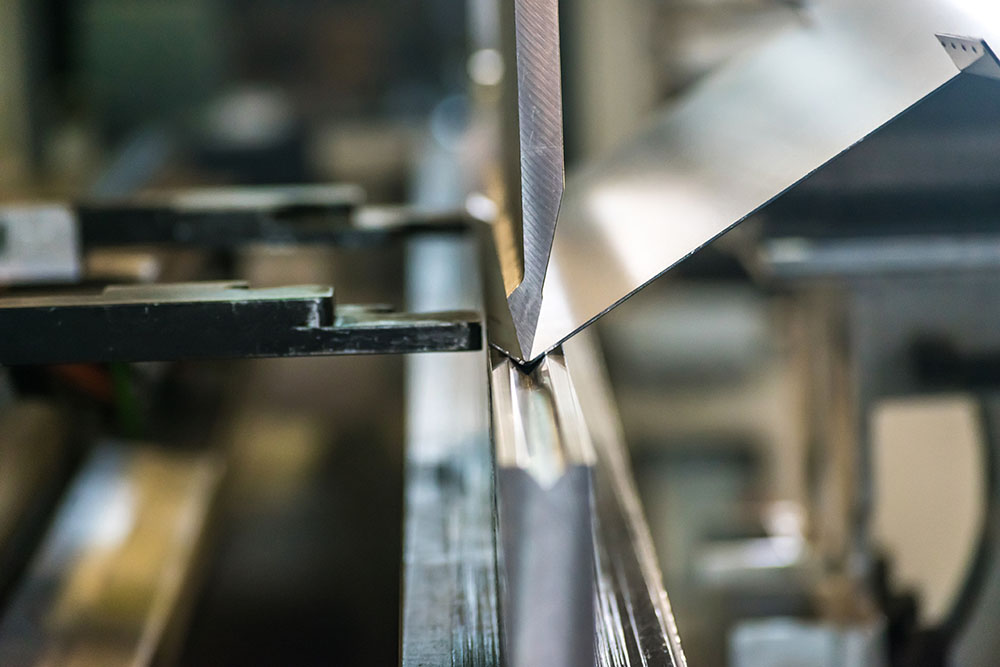
Sheet metal fabrication
Whitehorse Industries provides high quality, precision sheet metal fabrication for a wide range of industries across Australia. Using a variety of manufacturing methods, we can turn your designs into actual products, whether these designs are simple or complex.
What is sheet metal fabrication?
Sheet metal fabrication is an umbrella term for a range of manufacturing processes that transform sheet metal into functioning components or parts. It’s a very cost effective strategy when compared to casting and machining and produces minimal wastage.
The manufacturing processes usually consists of four stages: forming, cutting, joining and finishing.
- Forming: This stage reshapes the sheet metal into the desired form and can involve bending, stretching, rolling or stamping.
- Cutting: Using either a single blade, blanking, shearing, machining or laser cutting, pieces of the sheet metal are cut and removed according to your design.
- Joining: This stage involves welding, riveting, brazing or structural adhesives to join different parts of the sheet metal together.
- Finishing: Once the sheet metal fabrication process is complete, the component is sandblasted, coated, deburred or annealed to create the final product.
Benefits of sheet metal fabrication
Sheet metal fabrication can be used to create prototype components for a new line or to manufacture an existing product quickly and efficiently. It’s a precise and time efficient process that uses high strength and malleable sheet metal to create a diverse range of products that are ideal for harsh environments.
The affordability, as well as the durability and strength of sheet metal makes it the ideal material for fabrication, resulting in lower production costs and wastage. The range of cutting, rolling, bending and stretching tools that are used in sheet metal fabrication, ensures that there are few limits to the designs or components that can be manufactured at Whitehorse Industries.
